Dive into your creative stream
Mars - Blog Posts
I knew this guy with Uranus conjunct Mars in the 8th house and "it" was huge 😟
Siren in the 6th house have nice bodies
I feel like Jupiter in the first house wanna be thick so badly or they are but they usually have nice bodies
I might have already said this but chiron in the 6th house might have body insecurities or health issues the type to grow up fat then start eating healthy as they grow up or maybe they had bad skin and got into skincare
I hate to say it but it's true pisces placements do be lying especially ones related to the 3rd house/Mercury a friend of mine with Neptune in her first house admitted to lying for fun and an old friend of mine with Neptune in the 3rd house said she'd lie so people wouldn't know stuff about her (Scorpio rising) but I hate saying this because I have pisces/Neptune influence over my chart and I'm not a liar, but it is some of them.
There's definitely a connection between pisces/Neptune people and fishes, mermaids, etc my friend who has Neptune in the first house said she wants a little mermaid birthday party. They do look really good in a mermaid aesthetic, it's giving:

As a Scorpio rising I keep attracting Scorpio moons!!! And I love Gemini risings as a gemini moon and idk bout y'all but I get along better with people with similar placements to mine bc yk people be saying opposites attract...
What's y'all experience with Saturn in the 8th house men? Like what's going on down there? I'm curious 😭😭 I keep meeting guys with that placement I also don't know how to read this placement really, a lot of them seem kinda traumatized and closed off
People with Venus badly aspecting their asc usually think they're unattractive, it's sad
Ok so I have pisces Venus conjunct Uranus in a composite chart with this guy and we like each other but we live in different countries but he literally set the standard for my future bf 😭
On the list of hot voices is mars in the 2nd house. This guy ik has Capricorn mars in the second house and he sounds so smart and like a gentleman but hot at the same time. I also noticed he talks really slowly? Idk but I like it 😋. Sirene, Saturn, and Neptune also aspect his Mercury and neptune is in his 3rd house he has a pisces mercury too. I think pisces/neptune might make your voice nice, I have Neptune aspecting my Mercury and I've been told my voice is soothing. Ok I think Pluto makes a voice hot too because I'm noticing it's Venus, mars, and Neptune that keeps showing up in people's charts who have nice/attractive voices. Saturn can make them sound more mature and Jupiter can make them sound funny/be funny. Jupiter voices also sound deep and pisces/Neptune influence makes someone good with their words/poetic.
Idk if I'd say Scorpios look sexy/mysterious but I do try 😭😭 it's so hard though bc that's not who I am naturally I'm trying to just be myself though, I do notice I am just more reserved/quiet but that's when I'm not around friends or people I actually wanna talk to (Virgo 11th house) bc I don't really become friends with just anybody
I've noticed the connections I've had where the composite chart rising was Scorpio be deep/seem deep I love these relationships as a Scorpio/Pluto dom!!! I feel like we click and can talk about deep things like trauma easily
Idk the thing about tauruses and food is kinda right bc one thing about me...imma eat 😭 and I have a friend who's a Taurus moon who loves food
Let me tell you, having my Aphrodite and Lilith in Virgo and a pisces Venus the one thing I'm gonna do...is wear green, crystals, seashells, blue, etc ITS GONNA EAT EVERYTIME idc same with black but in terms of color? It's gonna be green, blue, and sometimes white (I'm still scared to wear white) but I love white too and omg don't get me started on grey and brown!!!! Or MATCHING SETS!? bye I want some juicy couture so bad!!! I love neutrals as much as I hate so say it bc it seems so basic but they're so easy to pair up and they look good together. But I'm trying to get into color and my favorites so far are green, orange, pink?, And blue also neutrals are easy because most likely it's gonna look good. Color can be complicated it's the same with patterns which is why I have a lot of basic tops now 😭.
Another thing I'm gonna do is wear tight clothes or crop tops 😋 and I honestly find it hard to not wear that or shirts that show cleavage now that I got a sewing machine I make everything a lil bit lower 💅🏾 and I love waist beads!! Emphasis on the stomach
And one time someone said "don't you think Tionna (me) looks good in comfy clothes" which is very interesting because taurus placements do look good in comfy clothes
Btw that picture came from Pinterest!
Hello! I was looking at your posts, they're very interesting and I love reading them! I had no idea that degrees on your ascendant mattered. I was wondering if you could explain to me what it means to have a libra rising at 8 degrees? You don’t have to respond to this part if you happen to see this but, I'm not sure if this relates or if it’s true, but I heard mars rules over your head and it can also determine your physical appearance! I have leo mars in 12 degrees. If you do see this, I hope you have a nice day!
Some people aruge that degrees matter some say they don't for me they so have some significance because I relate to them the 8th degree is scorpio so you might have a scorpio vibe to you or appearance you may like dark colors, seem or be mysterious I'll give an example I'm a scorpio rising but a cancer degree while some say I look intimidating and I can be quiet/reserved I've also been told I give mom vibes I also look like my mom so the degrees most times don't completely take over but they have influence with the mars idk I never thought about this really but it probably can if so this would indicate you may have a fierce, ethereal, and or soft face since 12th degree is pisces some might say your face is ideal
hey sweetie! how are you? so i have a question about an observation you wrote. you said how having a planet in your first house can be more prominent than the sign. i have mars in 1st (libra), venus and jupiter conjunct ascendant (12th house + libra). how would you think that affects my appearance? how would you think i looked with that mixture of planets?
Hello! I'm great thanks for asking. I'm not the best at this but I'll try 😅.
Mars- you might have red undertones in your hair/skin you might have an athletic body or you can gain muscle easily. Might have thick brows or prominent ones maybe even a big forehead or head in general.
Jupiter- could indicate being tall, thicker, and nice legs (might be long). You could have bigger features a big forehead is common with this placement. Nice smile might be a big one think of a horse which ik it sounds weird but it's not a bad thing I'm jupiter rising so ik a lot about this placement.
Venus- might have a prominent cupids bow or small pouty lips. Symmetrical face, very pretty. You might look friendly especially with jupiter people might feel comfortable approaching you. Your appearance is cohesive. Might look like a model. Curvy body and have you ever thought of getting a septum? I notice venus people look good with them especially with Taurus influence.
Remember other things influence your appearance and some of these placements contradict one another like venus makes you seem friendly but mars might make you intimidating. Thanks for the ask and support! <3
sooo, hi! this is my first post on tumblr:3 i want to apologize in advance if there are any mistakes in the posts, english is not my native language ˎˊ˗











took a picture of the sirius star last night and this is what I got. we were doing an astrology thig at guides and Sirius was out, and Orion, Mars, Regulus, Jupiter and another planet but I forgor 😓
everytime someone said sirius my mind instantly went to Sirius Black
the obsession is taking over
everyone was calling it the dico star

Planet people

@oh-my-cosmos I did my best at the cranky boi,but my art style made him cute! I hope it looks good and that it was ok to draw him.

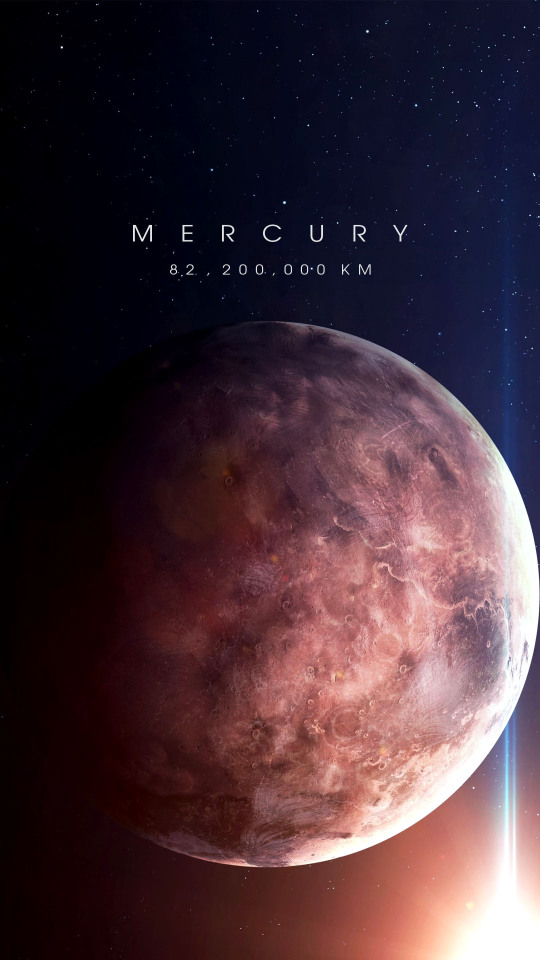



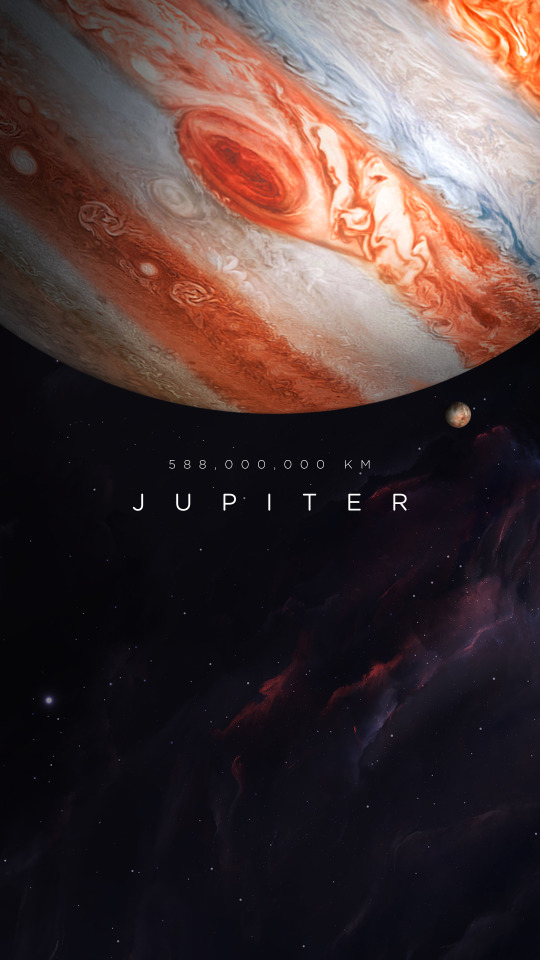
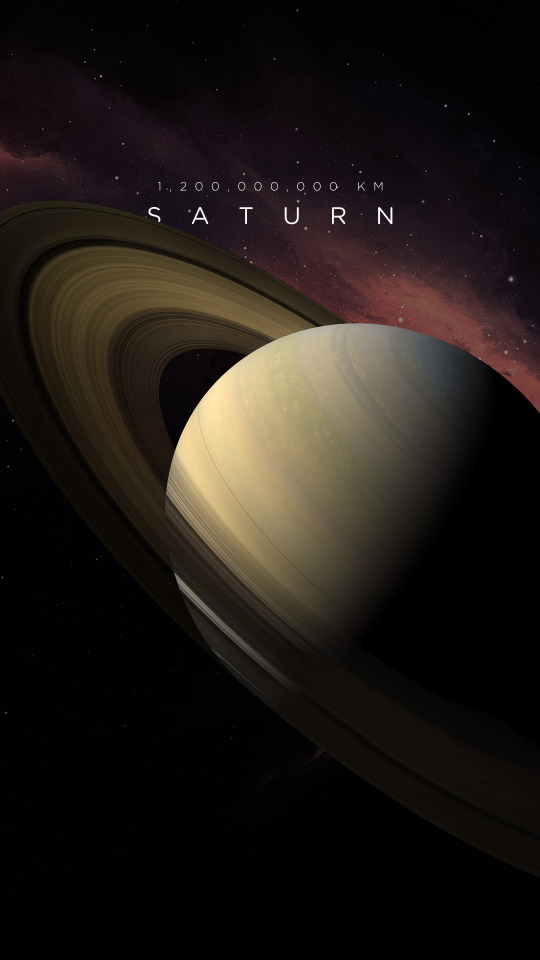
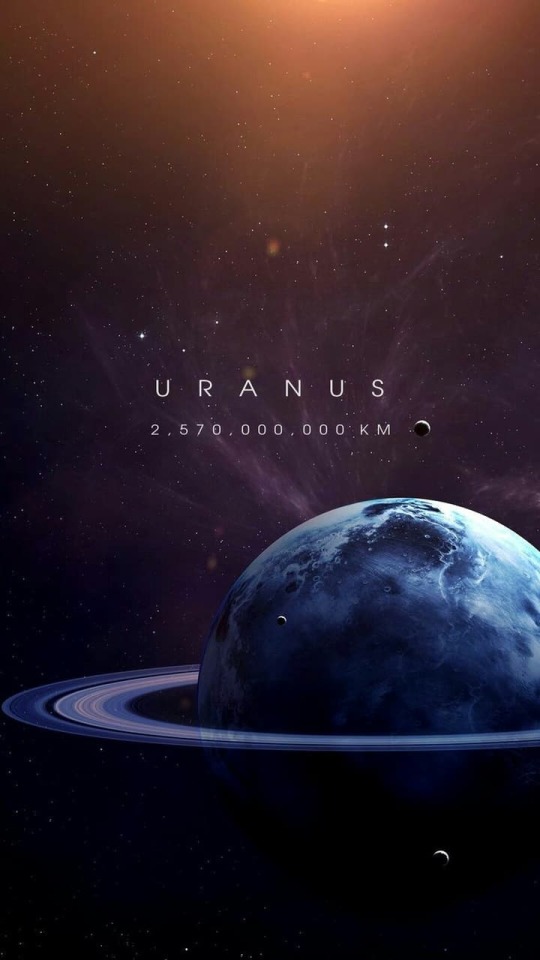

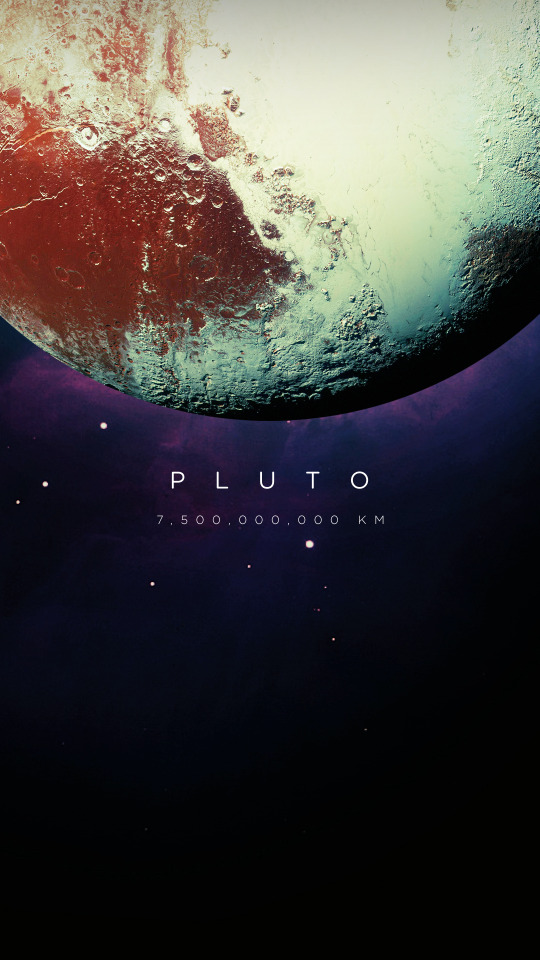
Our Amazing Solar System


wanted to post this here since there is a rise of people on depop and other sites trying to pass fake ma*rs for real ma*rs.
Usually these scammers ask for an outrageous amount of money for the fakes while the buyer thinks they're buying an authentic rare piece.
While everyone can make their own decision on buying fake or real people deserve to be told if the item is authentic or not rather than being tricked.



MA*RS COLLECTION 🩷
follow me on IG for more photos ! I'm hime and agejo gyaru @/decolita.cat
"That's what not a very good villain does."

Mars, aka the Red Planet, is the 4th rock from the Sun and the only known planet solely inhabited by robots. It is also the only orange dot you'll see in the sky. I mean besides the sun. ---- #mars #astronomy #astrophotography #nightsky #nightphotography #stars #redplanet #funfacts #skyscape #summer #summernights #donotlookdirectlyatthesun #photography #halifax #nikon #nikond5300 (at Halifax, Nova Scotia)
do you have a favourite planet etc?
Download Software Used to Get Rovers to the Red Planet
Watching our Perseverance rover safely land on the surface of Mars is the kind of historic feat that gets our adventure-loving hearts racing.

Launching and landing rovers on Mars requires overcoming challenges like defying gravity on two planets, surviving the extreme heat of atmospheric entry, and avoiding rocky obstacles. This takes more than just rocket science – it takes incredible software too.
Did you know that some of the same tried and tested software that helped ensure a safe arrival for Perseverance (and its predecessor, Curiosity) can be downloaded – by you...for free...right now?

Our 2021-22 Software Catalog is full of codes made for space that can be used by entrepreneurs, teachers, gamers, or just about anyone. Whether you are curious about the Martian atmosphere, want to visualize the inside of a volcano, or have an application we’ve never even considered, our software may be able to help. Check out our full site, updated regularly with the latest codes available for download.
Here are a few examples of what you could do with our software!
1. Simulate the Martian atmosphere to prepare spacecrafts for landing

To prepare for exactly what a spacecraft will face on landing day, no matter the location scientists choose, we created software that simulates the Martian atmosphere. The code, Mars (GRAM), is now available to anyone.
We also have a version that simulates Earth's atmosphere, allowing users (especially those in the world of drone design) a way to replicate and design for, potentially dangerous conditions without ever stepping away from the computer.
2. Explore the Red Planet virtually from home with help from the Curiosity rover team
Originally developed for scientists and engineers working on the Curiosity rover mission, OnSight allowed the team a virtual way to walk on and look around Mars. Using an immersive display, such as a virtual reality headset, scientists could see the Red Planet the way a rover would.
This software can also be used to provide virtual experiences of places here on Earth, such as caves and lava fields.
3. Dodge disasters with a risk management tool made for space missions

When preparing for complex space missions, like the upcoming Mars Sample Return mission, it’s crucial to examine how different elements, independently and collectively, impact the probability of success.
But risk management has become an important tool for businesses of all disciplines, from engineering to accounting – and the Space Mission Architecture and Risk Analysis Tool (SMART) could help.
Sound interesting? The NASA software catalog has these and more than 800 additional codes ready for download.
You can also follow our Technology Transfer program on Twitter to learn more about software and technology that can be put to use on Earth.
Make sure to follow us on Tumblr for your regular dose of space!
Congratulations to the Winner of the Name the Artemis Moonikin Challenge!

Congratulations to Campos! After a very close competition among eight different names, the people have decided: Commander Moonikin Campos is launching on Artemis I, our first uncrewed flight test of the Space Launch System rocket and Orion spacecraft around the Moon later this year.

The name Campos is a dedication to Arturo Campos, electrical power subsystem manager for the Apollo 13 lunar module. He is remembered as not only a key player instrumental to the Apollo 13 crew’s safe return home, but as a champion for equality in the workplace. The final bracket challenge was between Campos and Delos, a reference to the island where Apollo and Artemis were born, according to Greek mythology.

The Moonikin is a male-bodied manikin previously used in Orion vibration tests. Campos will occupy the commander’s seat inside and wear a first-generation Orion Crew Survival System — a spacesuit Artemis astronauts will wear during launch, entry, and other dynamic phases of their missions. Campos' seat will be outfitted with sensors under the headrest and behind the seat to record acceleration and vibration data throughout the mission. Data from the Moonikin’s experience will inform us how to protect astronauts during Artemis II, the first mission around the Moon with crew in more than 50 years.

The Moonikin is one of three passengers flying in place of crew aboard Orion on the mission to test the systems that will take astronauts to the Moon for the next generation of exploration. Two female-bodied model human torsos, called phantoms, will also be aboard Orion. Zohar and Helga, the phantoms named by the Israel Space Agency and the German Aerospace Center respectively, will support an investigation called the Matroshka AstroRad Radiation Experiment to provide data on radiation levels during lunar missions.

Campos, Zohar, and Helga are really excited to begin the journey around the Moon and back. The Artemis I mission will be one of the first steps to establishing a long-term presence on and around the Moon under Artemis, and will help us prepare for humanity's next giant leap — sending the first astronauts to Mars.
Be sure to follow Campos, Zohar, and Helga on their journey by following @NASAArtemis on Facebook, Twitter, and Instagram. Make sure to follow us on Tumblr for your regular dose of space!
NASA’s Search for Life: Astrobiology in the Solar System and Beyond
Are we alone in the universe? So far, the only life we know of is right here on Earth. But here at NASA, we’re looking.

We’re exploring the solar system and beyond to help us answer fundamental questions about life beyond our home planet. From studying the habitability of Mars, probing promising “oceans worlds,” such as Titan and Europa, to identifying Earth-size planets around distant stars, our science missions are working together with a goal to find unmistakable signs of life beyond Earth (a field of science called astrobiology).
Dive into the past, present, and future of our search for life in the universe.

Mission Name: The Viking Project
Launch: Viking 1 on August 20, 1975 & Viking 2 on September 9, 1975
Status: Past
Role in the search for life: The Viking Project was our first attempt to search for life on another planet. The mission’s biology experiments revealed unexpected chemical activity in the Martian soil, but provided no clear evidence for the presence of living microorganisms near the landing sites.

Mission Name: Galileo
Launch: October 18, 1989
Status: Past
Role in the search for life: Galileo orbited Jupiter for almost eight years, and made close passes by all its major moons. The spacecraft returned data that continues to shape astrobiology science –– particularly the discovery that Jupiter’s icy moon Europa has evidence of a subsurface ocean with more water than the total amount of liquid water found on Earth.

Mission Name: Kepler and K2
Launch: March 7, 2009
Status: Past
Role in the search for life: Our first planet-hunting mission, the Kepler Space Telescope, paved the way for our search for life in the solar system and beyond. Kepler left a legacy of more than 2,600 exoplanet discoveries, many of which could be promising places for life.

Mission Name: Perseverance Mars Rover
Launch: July 30, 2020
Status: Present
Role in the search for life: Our newest robot astrobiologist is kicking off a new era of exploration on the Red Planet. The rover will search for signs of ancient microbial life, advancing the agency’s quest to explore the past habitability of Mars.

Mission Name: James Webb Space Telescope
Launch: 2021
Status: Future
Role in the search for life: Webb will be the premier space-based observatory of the next decade. Webb observations will be used to study every phase in the history of the universe, including planets and moons in our solar system, and the formation of distant solar systems potentially capable of supporting life on Earth-like exoplanets.

Mission Name: Europa Clipper
Launch: Targeting 2024
Status: Future
Role in the search for life: Europa Clipper will investigate whether Jupiter’s icy moon Europa, with its subsurface ocean, has the capability to support life. Understanding Europa’s habitability will help scientists better understand how life developed on Earth and the potential for finding life beyond our planet.

Mission Name: Dragonfly
Launch: 2027
Status: Future
Role in the search for life: Dragonfly will deliver a rotorcraft to visit Saturn’s largest and richly organic moon, Titan. This revolutionary mission will explore diverse locations to look for prebiotic chemical processes common on both Titan and Earth.
For more on NASA’s search for life, follow NASA Astrobiology on Twitter, on Facebook, or on the web.
Make sure to follow us on Tumblr for your regular dose of space!
ICYMI: New sounds from Mars dropped! Turn the volume up to hear our Ingenuity Mars Helicopter flying on the Red Planet.
Captured by our Perseverance Mars Rover, this is the first time a spacecraft on another planet has recorded the sounds of a separate spacecraft. In this audio track, Perseverance used its SuperCam microphone to listen to the Ingenuity helicopter on April 30, 2021 as it flew on Mars for the fourth time.
With Perseverance parked 262 feet (80 meters) from the helicopter’s takeoff and landing spot, the mission wasn’t sure if the microphone would pick up any sound of the flight. Even during flight when the helicopter’s blades are spinning at 2,537 rpm, the sound is greatly muffled by the thin Martian atmosphere. It is further obscured by Martian wind gusts during the initial moments of the flight. Listen closely, though, and the helicopter’s hum can be heard faintly above the sound of those winds.
Make sure to follow us on Tumblr for your regular dose of space: http://nasa.tumblr.com.
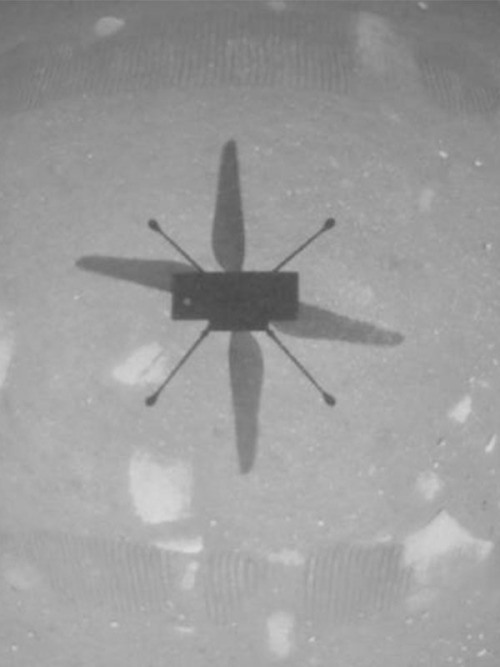
A dream takes flight! Today, our Ingenuity #MarsHelicopter became the first aircraft in history to make a powered, controlled flight on another planet.
In a video captured by our Perseverance Mars rover, the helicopter is shown hovering above the Red Planet's surface. During this first flight, the helicopter climbed to an altitude of 10 feet (3 meters), hovered, and then touched back down on the surface of Mars.
More images and video to come...
Join us at 2 p.m. ET (18:00 UTC) for an analysis of Ingenuity’s first flight and what's to come:
Make sure to follow us on Tumblr for your regular dose of space: http://nasa.tumblr.com
Pioneering with Perseverance: More Technology Firsts
From launching the largest, heaviest, most sophisticated vehicle we have ever sent to Mars, to its elegant landing at Jezero Crater – a treacherous yet promising location for finding signs of ancient life – the journey of our Perseverance rover has already been and continues to be a bold one.

But let’s not forget, building new tools and instruments or designing ways to study other worlds is not easy. Before engineers even dreamt of sending their hardware for a spin on Mars, they spent years doing all they could to validate tech on Earth – modeling in labs, flying experiments on suborbital rockets or high-altitude balloons, or testing in various facilities to simulate the harsh conditions of space.

We know that technology demonstrations – that test a new capability in space – can be risky, but trying new things is how we forge ahead, learn for future missions, and reach new heights in space.
Perseverance has already accomplished some amazing “firsts” but there are more to come. Here are four more trailblazing technologies on the Mars 2020 mission.
1. First Powered Flight on Another World
This week, the Ingenuity Mars Helicopter, a small, autonomous rotorcraft originally stowed beneath the rover, will make the first-ever attempt at powered, controlled flight of an aircraft on another planet.
In the last few weeks, Ingenuity safely deployed from Perseverance, charged up its solar panel, survived its first bone-chilling Martian night and firmly planted four legs on the ground. Once the team on Earth confirms that the rover drove about 16 feet (about 5 meters) away, and that both helicopter and rover are communicating via their onboard radios, preflight checks will begin, and Ingenuity will be on its way skyward.

Perseverance will receive and relay the final flight instructions from mission controllers at our Jet Propulsion Laboratory to Ingenuity. Ingenuity will run its rotors to 2,537 rpm and, if all final self-checks look good, lift off. After climbing at a rate of about 3 feet per second (1 meter per second), the helicopter will hover at 10 feet (3 meters) above the surface for up to 30 seconds. Then, the Mars Helicopter will descend and touch back down on the Martian surface. With a smooth landing and continued operability, up to four more flights could be attempted, each one building on the success of the last.
Ingenuity could pave the way for other advanced robotic flying vehicles. Possible uses of next-generation rotorcraft on Mars include:
A unique viewpoint not provided by current orbiters, rovers or landers
High-definition images and reconnaissance for robots or humans
Access to terrain that is difficult for rovers to reach
Could even carry light but vital payloads from one site to another
Here’s how to follow along as this flight makes history.
2. First Production of Oxygen from Martian Atmosphere
The Mars Oxygen In-Situ Resource Utilization Experiment, better known as MOXIE, is preparing us for human exploration of Mars by demonstrating a way to extract oxygen directly from the Martian atmosphere. That could mean access to air for breathing, but also the ability to produce vast quantities of rocket fuel to return astronauts to Earth.

Located inside the body of Perseverance, the car battery-sized instrument works like a miniature electronic tree on the rover, inhaling carbon dioxide, separating the molecule, and exhaling carbon monoxide and oxygen.

MOXIE is the first demonstration of its kind on another planet – the first test of an in-situ resource utilization technology, meaning it generates a usable product from local materials. The farther humans go into deep space, the more important this will be, due to the limited immediate access to supplies.
MOXIE will give a go at its first operations soon, a huge first step in proving it’s feasible to make oxygen, in situ, on Mars. Future, larger versions of MOXIE (something about the size of a washing machine) could produce oxygen 200 times faster by operating continuously.
3. First Weather Reporter at Jezero Crater
The Mars Environmental Dynamics Analyzer (MEDA) system makes weather measurements including wind speed and direction, temperature and humidity, and also measures the amount and size of dust particles in the Martian atmosphere.
Using MEDA data, engineers on Earth recently pieced together the first weather report from Jezero Crater. Measurements from MEDA sensors are even helping to determine the optimal time for Ingenuity’s first flight.

The weather instrument aboard the Curiosity rover – currently located a good 2,300 miles away from Perseverance on Mars – provides similar daily weather and atmospheric data. But MEDA can record the temperature at three atmospheric heights in addition to the surface temperature. It also records the radiation budget near the surface, which will help prepare for future human exploration missions on Mars.
MEDA’s weather reports, coupled with data gathered by Curiosity and NASA’s Insight lander, will enable a deeper understanding of Martian weather patterns, events, and atmospheric turbulence that could influence planning for future endeavors like the landing or launch of the proposed Mars Sample Return mission.
4. First Radar Tool to Probe Under the Martian Surface
On Earth, scientists use radar to look for things under the ground. They use it to study Mars-like glacial regions in the Arctic and Antarctic. Ground-penetrating radar helps us locate land mines; spot underground cables, wires, and pipes; or reveal ancient human artifacts and even buried treasure! On Mars, the "buried treasure" may be ice, which helps scientists understand the possibilities for Martian life and also identifies natural resources for future human explorers.
Perseverance's Radar Imager for Mars' Subsurface Experiment (RIMFAX) uses radar waves to probe the ground and reveal the unexplored world that lies beneath the Martian surface.

It’s the first ground-penetrating radar on the surface of Mars. RIMFAX will provide a highly detailed view of subsurface structures down to at least 30 feet (10 meters). With those measurements, the instrument will reveal hidden layers of geology and help find clues to past environments on Mars, especially those with conditions necessary for supporting life.
Stay tuned in to the latest Perseverance updates on the mission website and follow NASA Technology on Twitter and Facebook.
Make sure to follow us on Tumblr for your regular dose of space: http://nasa.tumblr.com

Update your phones with our #CountdownToMars wallpapers, like this one, today: https://www.nasa.gov/feature/perseverance-mars-rover-wallpaper-images/
It's LANDING DAY for our Perseverance Mars Rover and her mission to search for ancient signs of life on the Red Planet!
Watch LIVE coverage today starting at 2:15pm ET (18:15 UTC):
Make sure to follow us on Tumblr for your regular dose of space: http://nasa.tumblr.com
Next stop: Mars! Watch NASA's Perseverance Rover Attempt the Most Dangerous Landing to Date on Feb. 18
Tomorrow, Feb. 18, 2021, our most advanced rover named Perseverance will attempt a precision landing in Mars' Jezero Crater. Her mission is to search for signs of ancient life in the planet's geology and test technology that will pave the way for future human missions to the Moon and Mars. Excited yet? Get this:
Perseverance is ferrying 25 cameras to the Red Planet — the most ever flown in the history of deep-space exploration — so get ready to see Mars like never before! For more mission quick facts, click here.
When to watch:
Date: Feb. 18
Time: Live coverage starts at 2:15 p.m. EST (19:15 UTC)
SET A REMINDER & WATCH LIVE HERE
Want to join the #CountdownToMars? We created a virtual Mars photo booth, have sounds of Mars to listen to and more for all you Earthlings to channel your inner Martian. Check out ways to participate HERE.
If you want to follow Perseverance's journey on the Red Planet, be sure to follow her on Facebook and Twitter.
Make sure to follow us on Tumblr for your regular dose of space: http://nasa.tumblr.com
Mars Helicopter: 6 Things to Know About Ingenuity

When our Perseverance Mars rover lands on the Red Planet on Feb. 18, 2021, it will bring along the Ingenuity helicopter.
This small-but-mighty craft is a technology demonstration that will attempt the first powered, controlled flight on another planet. Its fuselage is about the size of a tissue box, and it weighs about 4 pounds (1.8 kg) on Earth. It started out six years ago as an implausible prospect and has now passed its Earthbound tests.
Here are six things to know about Ingenuity as it nears Mars:
1. Ingenuity is an experimental flight test.

This Mars helicopter is known as a technology demonstration, which is a project that aims to test a new capability for the first time with a limited scope. Previous technology demonstrations include Sojourner, the first Mars rover, and the Mars Cube One (MarCO) CubeStats that flew by Mars.
Ingenuity does not carry any science instruments and is not part of Perseverance’s science mission. The only objective for this helicopter is an engineering one – to demonstrate rotorcraft flight in the thin and challenging Martian atmosphere.
2. Mars won’t make it easy for Ingenuity.

Mars’ atmosphere is around 1% the density of Earth’s. Because of that lack of density, Ingenuity has rotor blades that are much larger and spin faster than a helicopter of Ingenuity’s mass here on our planet. It also must be extremely light to travel to Mars.
The Red Planet also has incredibly cold temperatures, with nights reaching minus 130 degrees Fahrenheit (-90 degrees Celsius) in Jezero Crater, where our rover and helicopter will land. Tests on Earth at the predicted temperatures indicate Ingenuity’s parts should work as designed, but the real test will be on Mars.
3. Ingenuity relies on Perseverance for safe passage to Mars and operations on the Martian surface.

Ingenuity is nestled sideways under Perseverance’s belly with a cover to protect the helicopter from debris during landing. The power system on the Mars 2020 spacecraft periodically charges Ingenuity’s batteries during the journey to the Red Planet.
In the first few months after landing, Perseverance will find a safe place for Ingenuity. Our rover will shed the landing cover, rotate the helicopter so its legs face the ground and gently drop it on the Martian surface.
4. Ingenuity is smart for a small robot.

NASA’s Jet Propulsion Laboratory will not be able to control the helicopter with a joystick due to delays communicating with spacecraft across interplanetary distances. That means Ingenuity will make some of its own decisions based on parameters set by its engineering team on Earth.
During flight, Ingenuity will analyze sensor data and images of the terrain to ensure it stays on a flight path designed by project engineers.
5. The Ingenuity team counts success one step at a time.

Ingenuity’s team has a long list of milestones the helicopter must pass before it can take off and land in the Martian atmosphere.
Surviving the journey to and landing on Mars
Safely deploying onto the Martian surface from Perseverance’s belly
Autonomously keeping warm through those intensely cold Martian nights
Autonomously charging itself with its solar panel
Successfully communicating to and from the helicopter via the Mars Helicopter Base Station on Perseverance
6. If Ingenuity succeeds, future Mars exploration could include an ambitious aerial dimension.

The Mars helicopter intends to demonstrate technologies and first-of-its-kind operations needed for flying on Mars. If successful, these technologies and flight experience on another planet could pave the way for other advanced robotic flying vehicles.
Possible uses of a future helicopter on Mars include:
A unique viewpoint not provided by current orbiters, rovers or landers
High-definition images and reconnaissance for robots or humans
Access to terrain that is difficult for rovers to reach
Could even carry light but vital payloads from one site to another
Make sure to follow us on Tumblr for your regular dose of space: http://nasa.tumblr.com
That's a wrap! Thank you all for the wonderful questions.
NASA Mars Perseverance Rover Mission Engineer Chloe Sackier answered questions about how we prepared for the mission, Perseverance’s entry, descent, and landing, and what Perseverance will do once on Mars.
Check out her full Answer Time for more: Career | Preparation | Entry, Descent, & Landing | Operation
We hope you had fun today and learned a little bit about our robotic astrobiologist landing on Mars on February 18th. You won't want to miss this! Tune in to NASA TV HERE starting at 2:15 p.m. EST.

If today’s Answer Time got you excited, team up with us to #CoutdownToMars! We created a virtual Mars photo booth, have sounds of Mars to listen to and more for all you Earthlings to channel your inner Martian. Check out ways to participate HERE.
Make sure to follow us on Tumblr for your regular dose of space: http://nasa.tumblr.com


























